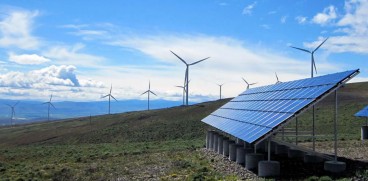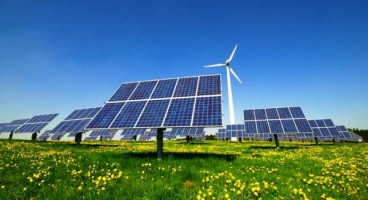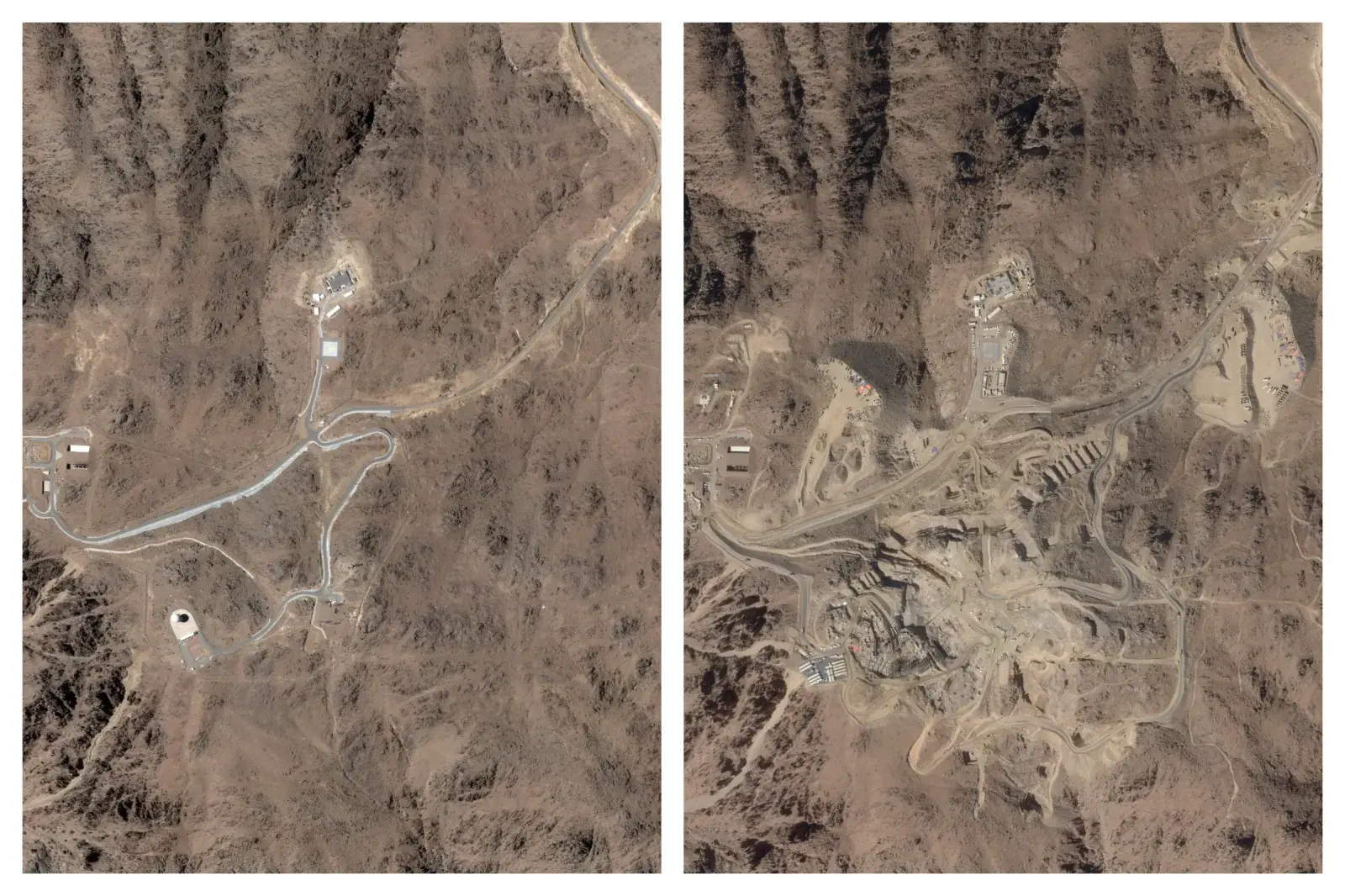Energy for Tomorrow: The EU’s 2030 Renewable Roadmap


Sources: europarl.europa.eu, europarl, europa.eu
Want to read more like this story?

EU Parliament is updating the EU's rules to further improve the energy efficiency of buildings
Apr, 12, 2018 | NewsFrom January 1st, 2021, all new buildings in the EU should use little or no energy for heating, cool...

By 2050, half of the EU citizens could be generating their own renewable energy
Oct, 10, 2016 | NewsA people-powered energy revolution is possible and may be close at hand A people-powered energy r...

EU regulations on energy performance of buildings to be revised
Jul, 08, 2016 | NewsNowadays, all buildings are rated for energy consumption and specific legislation in the EU aims to...

Data-Driven Siting: Revolutionizing Renewable Energy Efficiency
Dec, 20, 2024 | NewsBuilding efficient solar and wind farms requires more than just identifying areas with the most sun...

Energy Upgrading In Buildings Saves Billion Euros From Energy Production
Oct, 16, 2015 | NewsThe energy upgrade of EU buildings could save 80-153 billion Euros until 2050 in investment funds th...

Portugal runs entirely on renewable energy for 4 days straight, setting a new record
May, 20, 2016 | NewsThe electricity consumption was fully covered by wind, solar and hydro-generated power for a total o...

Maybe RES Do Not Need Energy Storage!
Nov, 03, 2015 | NewsRenewable Energy Sources have the largest part in the electrical power that is installed each year a...

Renewable energy generation surpassed fossil energy for the first time during winter in the EU
Apr, 27, 2023 | NewsA study by the Ember energy think tank revealed that renewable energy generation accounted for more...
The prospects for carbon-neutral buildings
Oct, 27, 2023 | NewsIn the United Kingdom, buildings account for 33% of greenhouse gas emissions and 40% of global ener...
Trending

Vertical gardens in Mexico City to combat pollution

Characteristics of Load Bearing Masonry Construction

Taipei 101’s impressive tuned mass damper

Dutch greenhouses have revolutionized modern farming

The Line at Neom faces feasibility reassessment while construction continues

The Line at Neom faces feasibility reassessment while construction continues

King Salman Gate unveiled adjacent to Mecca’s Grand Mosque

